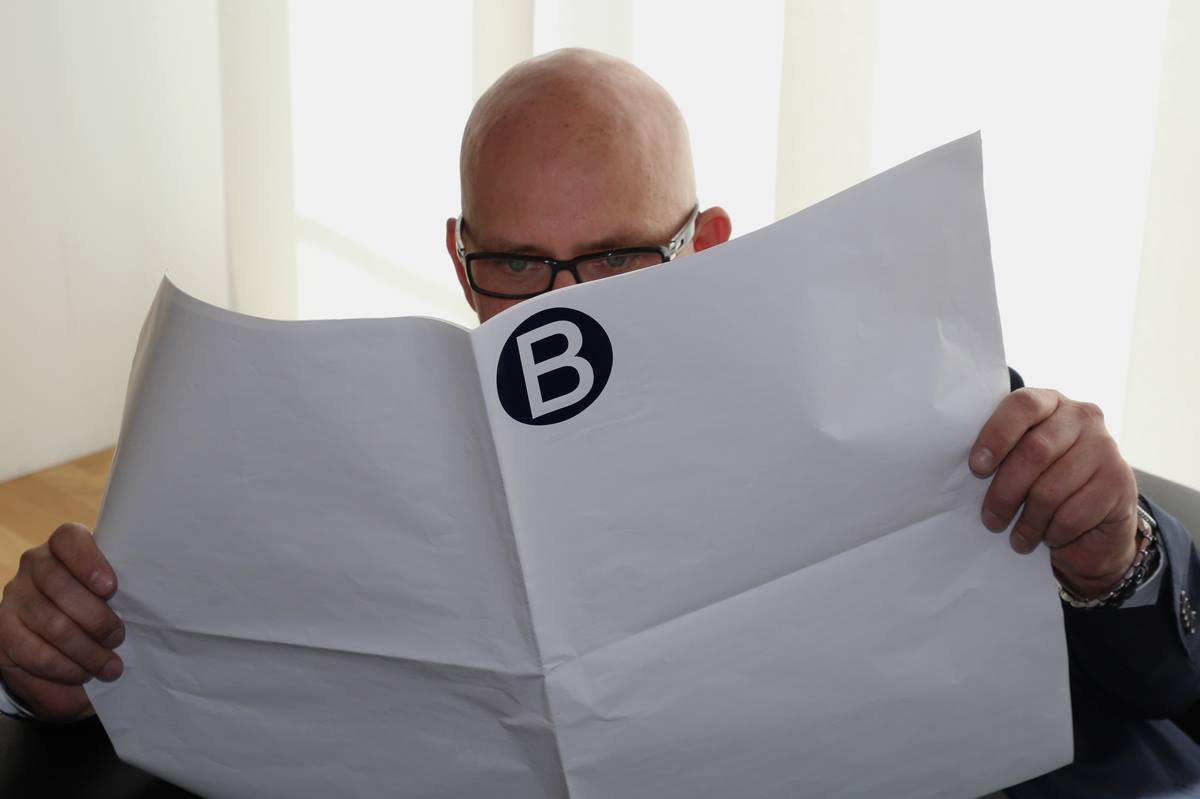Abkürzungen sind auch in der Berufswelt gang und gäbe. In der Geschäftskorrespondenz gilt es, auf jedes Detail zu achten: Nehmen Sie sich in Acht vor vertauschten Buchstaben und falscher Zeichensetzung. Der BANKINGCLUB und Business Spotlight stellen gebräuchliche Abkürzungen vor und erklären Ihnen, wie Sie Fehler in der Interpunktion vermeiden.
ABBREVIATIONS
Look at the following abbreviations, which are common in business correspondence. How many of them do you know? Test yourself before going on to read the explanations.
asap
“As soon as possible”. Normally, the letters are pronounced individually. You may, however, hear someone say the word “asap”. In formal correspondence, you should not use this abbreviation, but should write “as soon as possible” out in full. German: so bald wie möglich
attn
“For the attention of”. Often used at the top of faxes or letters to show who they are meant for. German: zu Händen
cc
Stands for “carbon copy” (Kohlepapierdurchschlag) and is used at the end of a letter to show that copies have been sent to other people. Also used as a verb: “Did you cc the fax to Sam?” German: (jmdm. eine) Kopie (schicken)
e.g.
“For example”. Short for the Latin phrase exempli gratia (“for the sake of example”). Usage: “We are looking to move to northern Germany, e.g. Hamburg.” German: z. B.
encl.
Short for “enclosure” or “enclosed”. Used to show that a document has been enclosed with your letter. It normally appears at the bottom of the letter. Sometimes written as “enc.”. Often the enclosed documents are not specified. German: (in der) Anlage
i.e.
“That is” or “in other words”. Short for the Latin phrase id est. Used to add an explanation: “We require payment within 14 days, i.e. by 26 February.” German: d. h.
pp
Stands for Latin per procurationem, meaning “through the agency of” (durch). Used before the signature in a letter when the person signing is not the person the letter is from. Unlike the German “pp”, it does not mean that the person signing has any special legal authority in the company. Many people now mistakenly write “p.p.” in front of the typed name to mean “on behalf of” (für). Can also be used as a verb: “Could you pp these letters, please?” German: i. A.
PTO
“Please turn over”. Sometimes used at the bottom of a page to show that a text continues. German: b. w.
re
“About”, “concerning”, or “in the matter of”. Comes from the Latin word res, which means “thing”. Used in formal letters as the first word in the subject line: “Re: your invoice 18796”. Also, sometimes used as a word in sentences: “Thank for your letter re the meeting next week”. German: Betreff, betrifft, bezüglich
PUNCTUATION
Commas are not as common in English as in German, nor are the comma rules as fixed. For example, British people generally tend to use fewer commas than Americans, and leave them out after the introductory and closing lines (“Dear Mr Smith”; “Yours sincerely”).
Unlike in German (“Ich glaube, dass…”), commas are never used before “that”-clauses, whether or not the “that” is used explicitly. For example, there is no comma in “I think that the price is too high”, nor is there one in “I think the price is too high”. So be careful with the words “say” (“He said that he was tired”), “think” (“I think it’s late”), “believe” (“I believe the meeting has been postponed”) or “I’m afraid” (“I’m afraid he’s been delayed”).
Commas are used to separate items in a list (“We sell to Germany, France, Switzerland and Austria”), after certain introductory words or phrases (“However,…”; “Unfortunately,…”), and to separate additional information: “The product, which has taken two years to develop, will be ready next month.”
Exclamation marks should normally be restricted to informal business usage, for example in an e-mail to express humour (“I thought you’d never ask!”) or surprise (“San Francisco? I’m going there myself next week!”).
Colons are used to introduce lists (“We can supply the chairs in three colours: black, blue and green”) or to introduce statements (“There is only one solution: to cut costs”). In American English, colons are sometimes used in the introduction (“Dear Mr Smith:”).
Semicolons are used to separate related clauses in a sentence (“There have been lots of production problems; these have now been solved.”). However, it is usually better to make two separate sentences.
Quotation marks (sometimes called “quotes”) always come at the top of the line: “The best beer money can buy.”
Apostrophes show possession. They go before the “s” for singular items and plurals that do not end in “s” (“the firm’s logo”, “the men’s room”). When the plural ends in “s”, the apostrophe goes after it (“the products’ prices”). If the singular form ends in “s”, the apostrophe can be used alone (Mr Jones’ daughter) or with another “s” (“Mr Jones’s daughter”). Apostrophes are also used in contractions where letters are missing (“I’m”, “you’re”). Do not confuse “it’s”, which means “it is”, with the possessive form “its” (“The firm raised its prices”). Apostrophes are not used in plurals.
© Business Spotlight
www.business-spotlight.de




